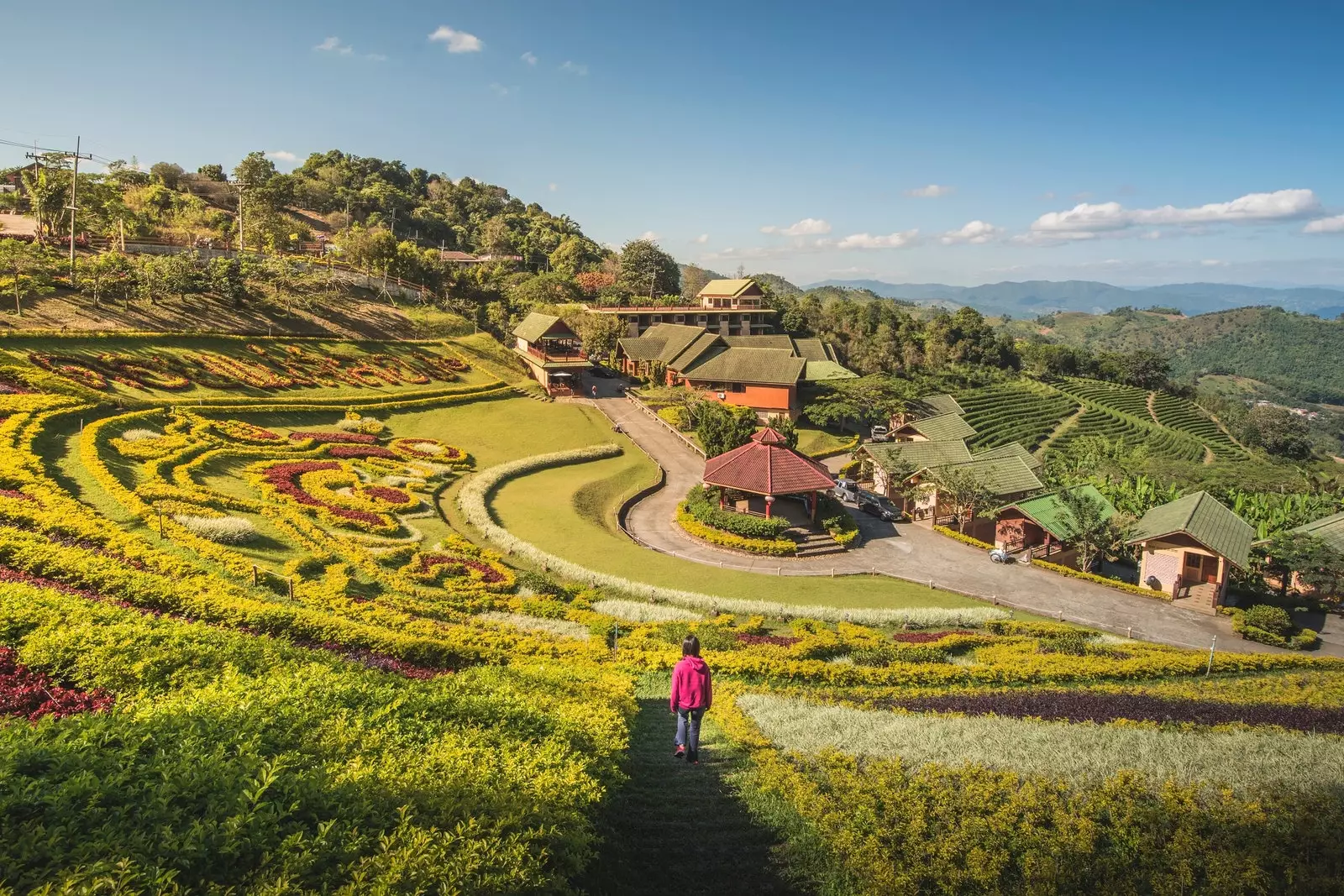
Ready to live an authentic cultural immersion?
GETTING TO MAE SALONG IS NOT EASY, WE ARE NOT GOING TO FOOL YOU
To reach this tiny town anchored between mountains where it seems that the world ends - that is, in the north-north of Thailand ** - you have to be very clear. Well, be very clear about it and trust that you have well understood the indications that the nice girl at the bus station in ** Chiang Rai, the city from which to reach this remote village, has given you, half in Thai, half in English.
To start, you must take a bus that stops at Ban Pasang, having previously notified the driver of your final destination. Suddenly, when you least expect it, it will stop dead in the middle of a crossroads and tell you that you have arrived at the place.
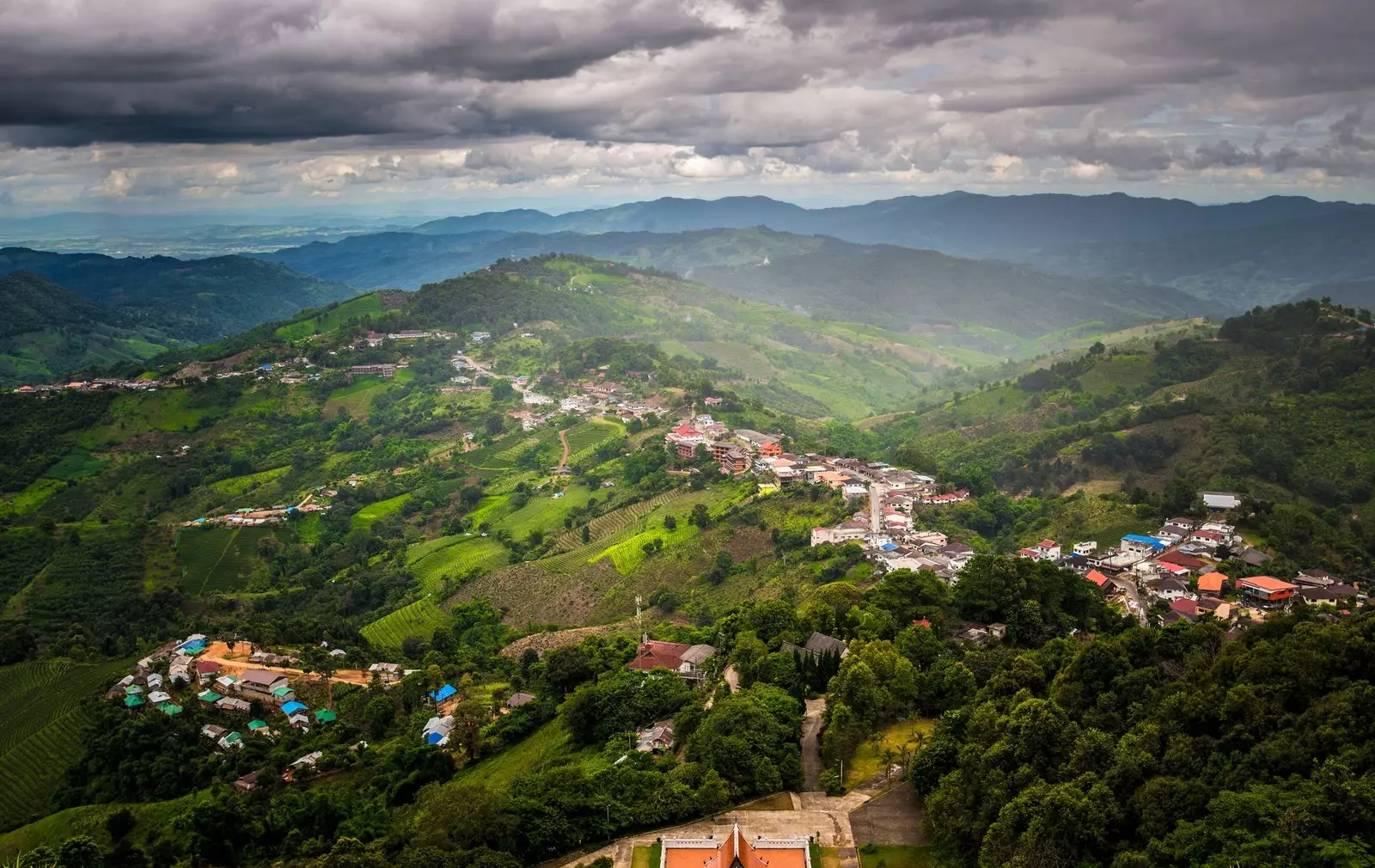
Getting to Mae Salong, anchored between mountains, is not going to be easy
"How? But is he really going to leave me here in the middle?”, you ask. “Yes, my dear: from this point on, fend for yourself on your own”, You will feel that she tells you with her look. It will be then when you need to bring out your great haggling skills, because it is time to negotiate.
The only way to truly reach Mae Salong -because obviously this crossroads is not your destination yet- is the local transport known as soorng-taa, some blue pick-ups whose owners offer a service similar to that of a taxi and whom you will find waiting for you in that indefinite point of Thailand. To close a price, you will have to be patient: he will ask you too much and you, as best you can, will try to lower him.
Once the journey starts, yes, it will be time to enjoy the landscape: full of infinite mountains and characterized by a lush like few you will find in these latitudes, this begins to transform gradually as you ascend through impossible curves. Finally the print leads to the immense tea fields that constitute the economic engine of the area.
FROM YUNNAN TO THE MOUNTAINS OF THAILAND
But it wasn't always like that, what's up? And here begins our brief history class for you to contextualize: tea began to be cultivated in these latitudes from the late 1980s, when the Thai government managed to convince, after years of disputes, the local communities, until then focused on the opium trade with China.
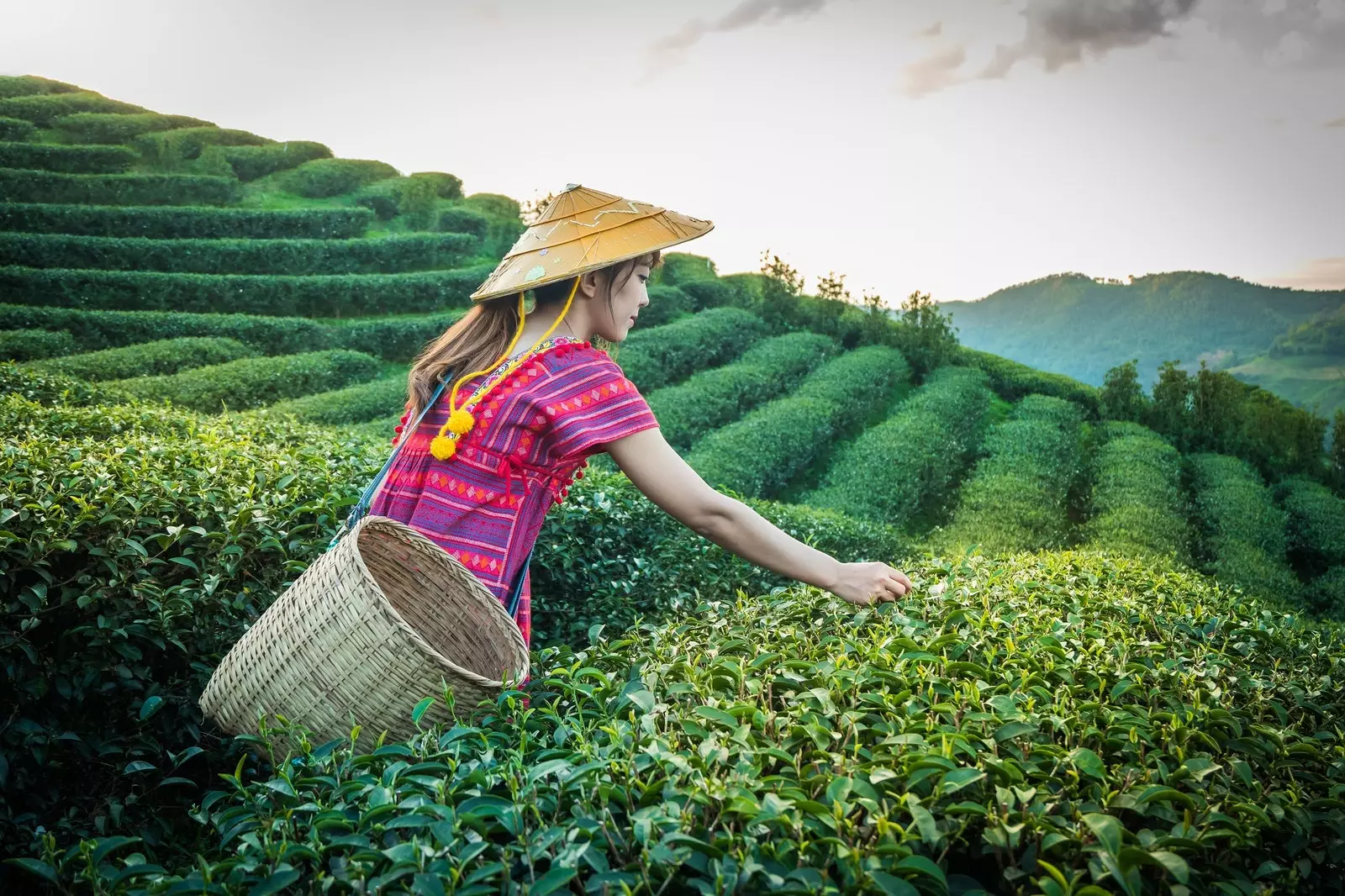
The Chinese who arrived around 1949 managed to maintain their idiosyncrasy until today
Take our advice and mentally move to the middle of the 20th century. A 1949 , to be exact: it was then that communism and the new Chinese regime made the members of the 93rd Division of the Chinese Nationalist Army fled from Yunnan, the city from which they came, to neighboring Myanmar.
However, they could not settle there either and in 1963 they were expelled by the Yangon government. That was how, after crossing the mountains and crossing the border, They ended up in this little piece of northern Thailand, where they received refugee status.
The curious thing about all this was that these emigrants from China never finished integrating into the country that welcomed them and they created an entire community in the image and likeness of those who used to inhabit their country originally. The difficult road connection with the main cities of Thailand did not help either, so here, sheltered and protected by the high mountains, they managed to keep their idiosyncrasies very latent until today.
Incredible as it may seem, in Mae Salong today they continue to speak in Chinese, they maintain the customs most rooted in their culture, they watch Chinese television and one lives, after all, “in Chinese ways”.
And now that you've caught up, how about you try it?
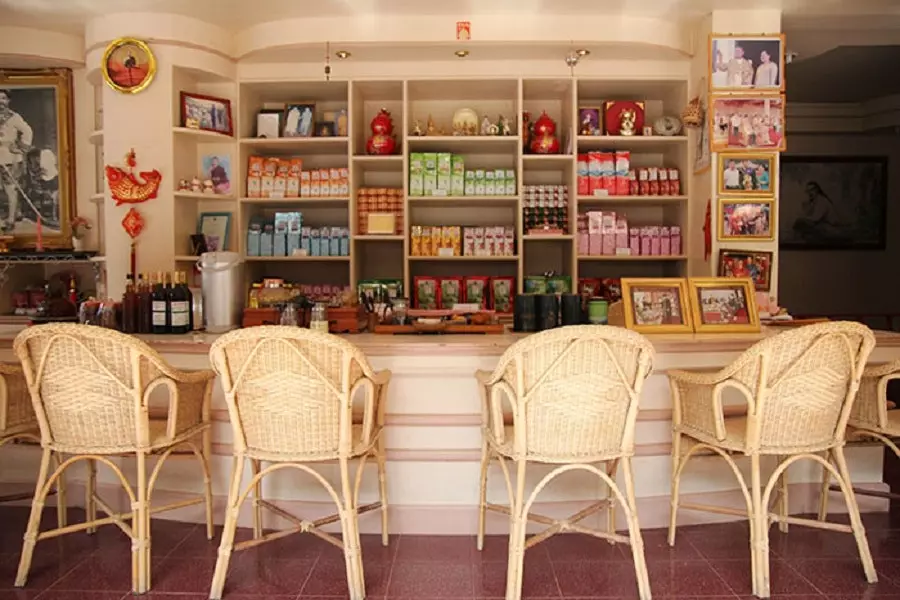
Tea room in Mae Salong
LIFE IN THE VILLAGE
Strolling through the streets of Mae Salong leads to constantly going up and down hills. Every morning, from very early, a local market is held where merchants from neighboring tribes come to sell handicrafts and tea: the ideal place to feel the essence of this peculiar locality.
Restaurants without too much paraphernalia alternate with small businesses also specializing in the star product: they are tea rooms, in which the ideal is that you cheer up with one of their tastings. Sitting on an old wicker chair, and on a wooden bar, the time will come for you to immerse yourself in this deep-rooted culture through a whole ceremony to taste the local product.
In the background, shelves hold colorful packages filled with the most traditional varieties of the area: mainly oolong tea and jasmine tea. If you were looking for the ideal souvenir to take home, here it is.
Although more and more travelers are encouraged to visit this remote town, Mae Salong continues to be a great mystery to many. In some of its hotels and hostels, scattered along its alleys, those adventurers who decide to bet on spending a few days in the -almost- end of the Thai world - stay.
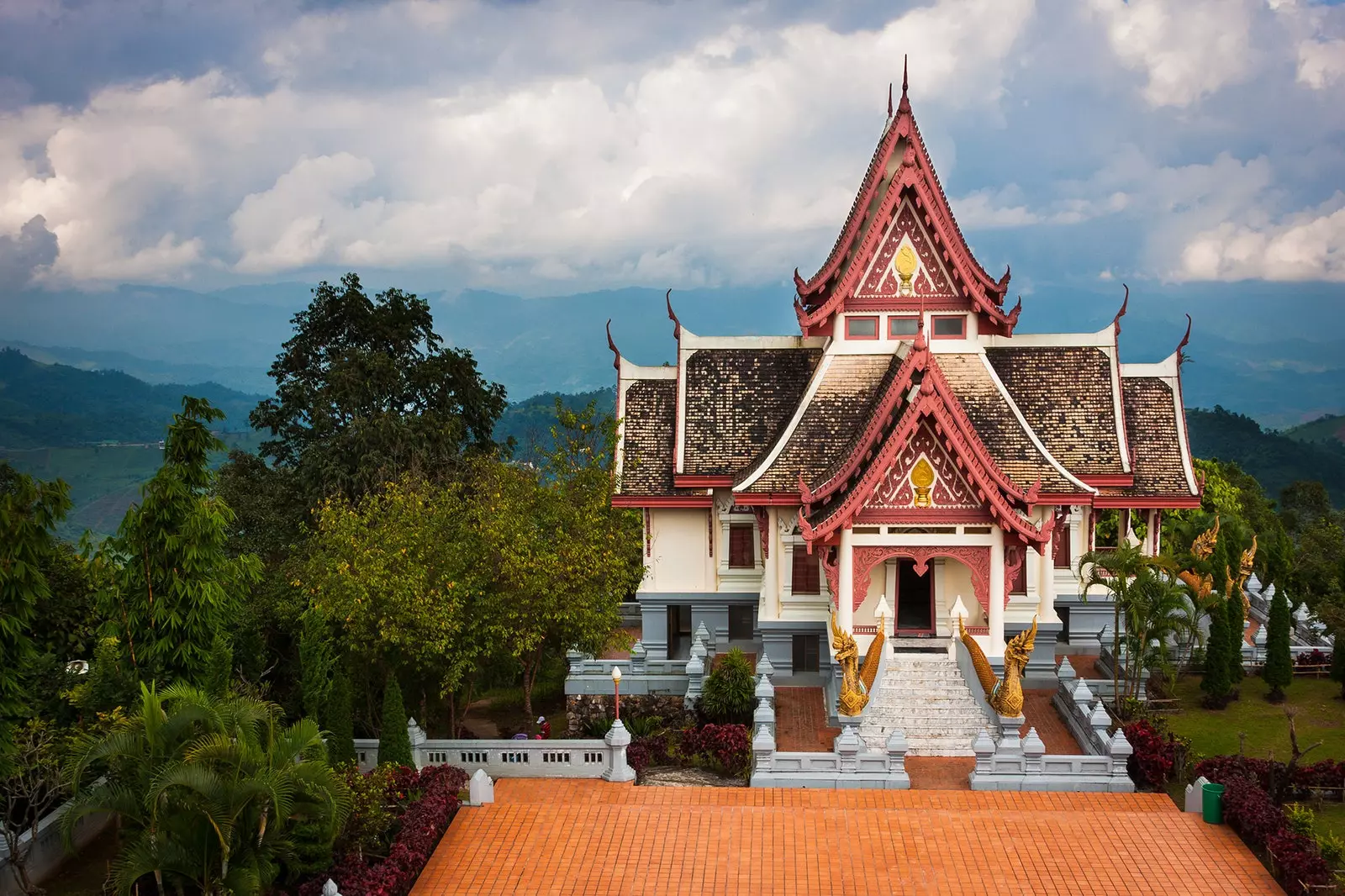
The Chinese-style temple Wat Santikhiri
The possibility of living together and feeling this cultural miscegenation up close and contrasting its traditions is unique, so take advantage of it. How? Well, for example, giving you a tribute based on the best yunanese style noodles What will you taste in your life? In the Chinese Yunist Noodle Shop , on plastic tables and with the drone of Chinese television in the background, you will be served by a charismatic lady who is in charge of feeding half the town. And it is not an exaggeration.
The most religious part, however, you will find in the Wat Santikhiri, a beautiful Chinese-style temple –obviously- located at 718 steps, in the highest area of Mae Salong. From it you will also enjoy beautiful views of the tea plantations that surround the town. Although, to be honest, there is nothing like visit one at the foot of the field. Something that, in Mae Salong, you must do without a doubt.
THE ART OF CULTIVATION
The working day starts very early each day in the Mae Salong Plantation 101 , one of those that exist scattered around the town. From its large warehouses, located at the entrance to the facilities, you will see how Dozens of women dressed in colorful hats and scarves set off in single file towards the immense tea fields.
Each of the rows of the plantation overflows with shiny green leaves waiting to be picked up. Once they reach it, and with huge baskets securely attached to their backs, they disperse: then everything begins a collection ritual in which what prevails, above all, is to do the work with the greatest delicacy and care possible. Only then will the sheet be kept perfect and the product will be 10.
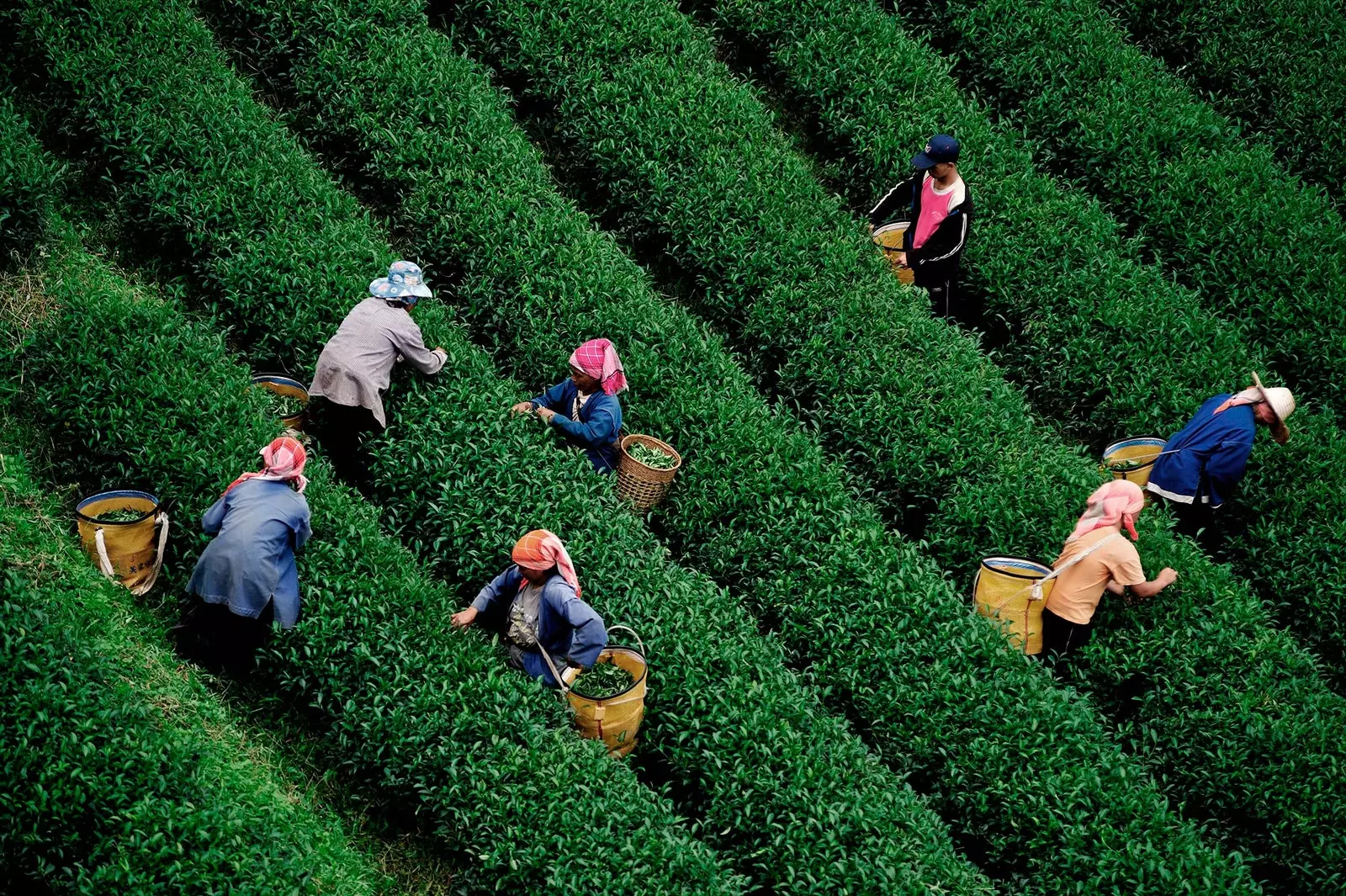
Women picking tea leaves in Mae Salong
Between fleeting conversations -there is a foreman always alert that the work is carried out as efficiently as possible-, some other laughs and a lot, a lot of concentration, the women move like little ants among the immensity of the crops and they give stamps that seem ready to be photographed.
In another area of the factory, meanwhile, are the men who are in charge of the drying process: On the floor of the highest floors of the buildings they are carefully arranged, unfolded on large canvases.
There they will have to spend a few days before being transferred to one of the last phases of the process: the one that takes place one floor below. There, around huge tables, men and women take delight in carefully separating gender into different categories, separating those optimal leaves from those of lesser quality.
That you can learn and enjoy all the details about the collection, drying and processing of tea, is as simple as encouraging you to Take a guided tour of any of the plantations around Mae Salong.
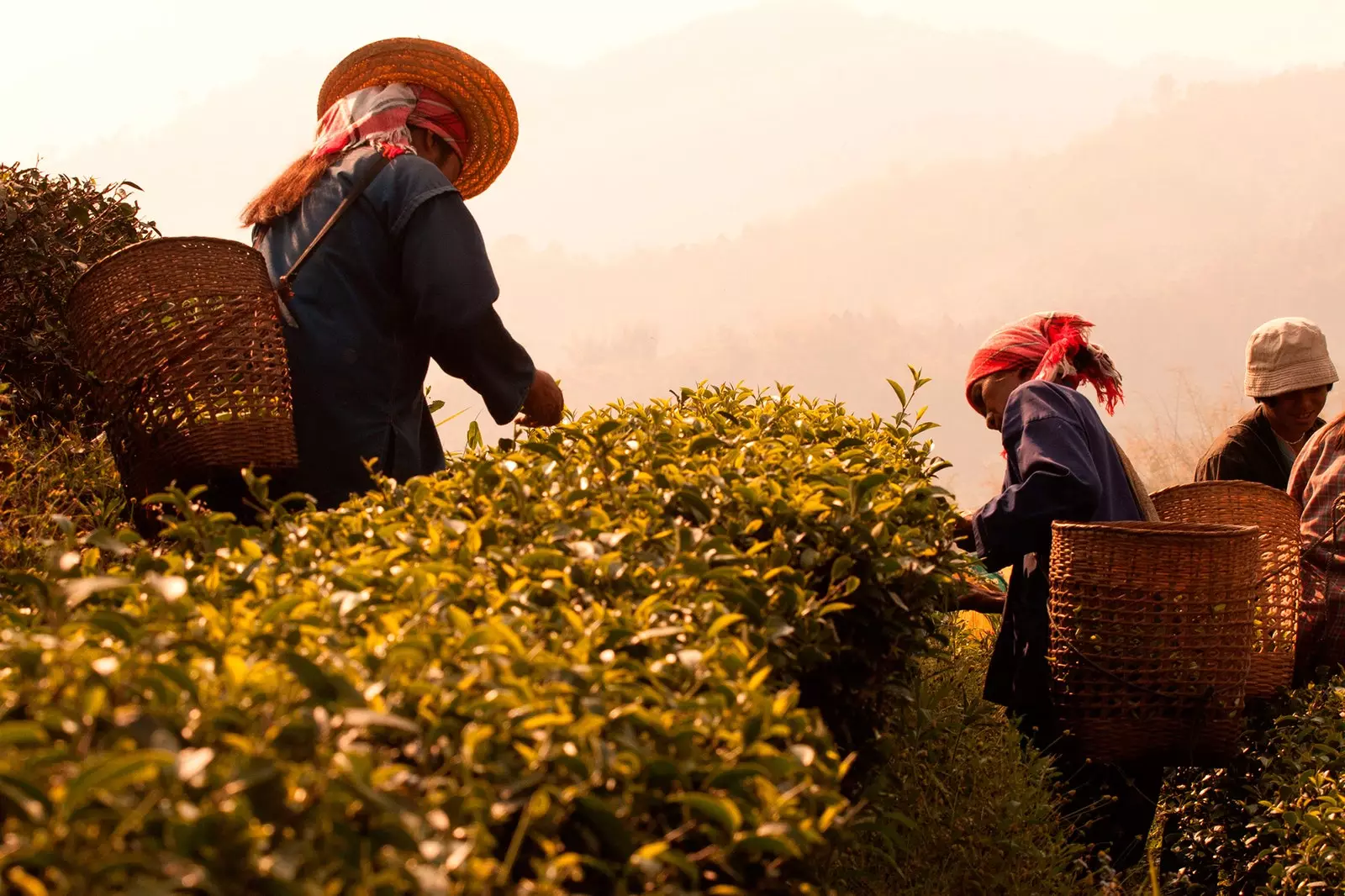
The work is done with the greatest delicacy and care possible
Also, yes, you can do it on your own: You will only have to negotiate with your beloved driver to take you to the entrance of one of the factories and wait patiently for you until you consider that you have had enough.
Before leaving the factory, yes, either to return to the town or to start the route back to Chiang Rai, nothing like make one last stop to taste, once again, Mae Salong's tea. And what better than doing it in the beach bars that are available, one next to the other, in front of the plantations themselves: small stands where friendly employees will offer you to try the different teas produced in the company for free while they enlighten you with their interesting explanations, in perfect English, about their qualities.
The best way you could end this trip to the origin and essence of the green gold of Thailand. That's for sure.
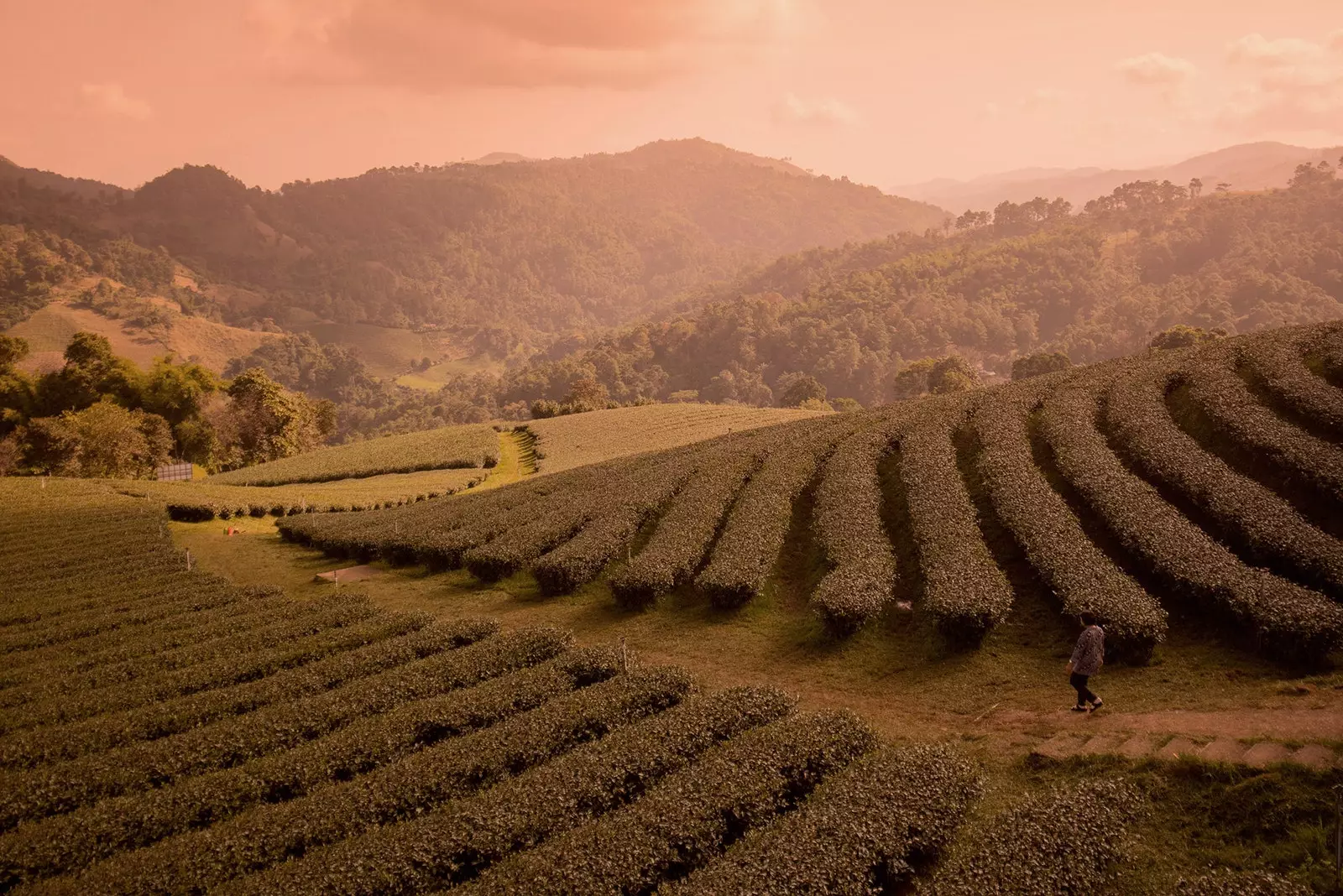
Mae Salong tea plantations can be visited with a guide or on your own
